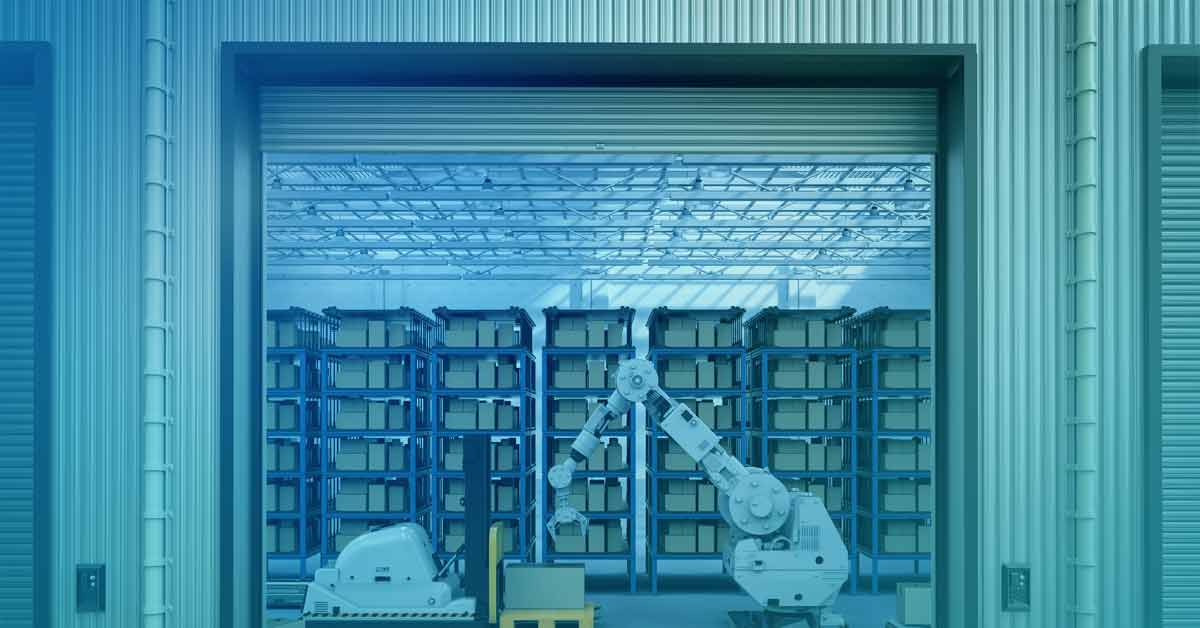Human labor and automation are not mutually exclusive–they can work together for optimal results.
We’ve previously discussed the fluctuating state of the United States supply chain, and how the whiplash-inducing change in demand caught companies unprepared and in a state of chaos. These changes have forced companies to adjust their operations heavily toward E-commerce, which can multiply their labor costs by a factor of five. This, as any spike in labor costs inevitably does, prompts the question: why not automate? Automation is an enticing prospect for any company–increased efficiency, lowered costs, and the ability to cut out human labor costs entirely.
All of that can be true, except that last statement. Automation will never fully eclipse and replace human labor, and it shouldn’t. Automation and human labor are two sides of the same efficient coin; complementary, not contradictory.
When Do I Automate?
We use automation to efficiently and cheaply perform repetitive, static actions over and over again. That’s why cars are built almost entirely by machines, and why your everyday Roomba somehow fundamentally can’t do its job: the former never has to think about anything new or different, and the latter does. The changes in efficacy are obvious between static and dynamic environments.
So, we know that automation is best applied to repetitive tasks and processes. On the flipside, human labor is more efficient than automation in dynamic environments like picking, packing, value added services, and so on. Human labor is more efficient in any situation where the input and output conditions are anything other than predetermined. This remains true even while manufacturing costs are dropping and labor costs are rising.
So when do you automate?
Any automation decisions should be driven by data and objective ROI analyses, making poor decisions can turn a new conveyor belt system from a valuable investment in theory, to a horrible ongoing sunk cost in practice. Automation is best used to augment and optimize the labor of your workers in a way that saves you money–and that often means starting small and tailoring automation to your facility’s needs. For example, picking entirely using human labor might cost you $1 per unit. If you were to spend $20 million installing a massive automation system you could bring costs down to 10% of that. However, if you don’t have enough volume to justify it then you might never pay off that investment. Instead, by spending $500,000 on some support automation (costing 30 cents per unit) to bring down human labor costs by 50%, you’re still saving 20% on picking. You’ll get your return on investment much sooner, and can further iterate on that technology as needed.
Look at Amazon, for example: they’re putting millions of dollars into automation, but still hired 400,000 people in 2020 to perform the tasks that robots can’t. They know where and how to augment their workforce by tracking their cost-to-serve by process, streamlining those processes, and then calculating their ROI based on the costs of investment versus current costs. They can look at the data that shows them where automation is viable and where labor is more efficient. If you want to implement automation, you need that operating data too–and we can provide you with the tools to get it.
Solutions for Evaluating When To Automate
Easy Metrics Cost to Serve functionality maps all employee time to where it was spent, revealing the cost to perform every function across your operations. By merging your activity data with timeclock and labor costs, you can identify where you are efficient and where you are losing money on labor.
A single operation can be producing millions of data points per day, enough to break spreadsheets. Manual efforts to gauge workforce and process performance are too slow, often inaccurate, and inconsistent. What’s needed is a technology stack and tooling to quickly and reliably make decisions on objective data. Only then can you improve your operation by cutting waste in labor hours, improving utilization, and making processes more efficient.
Our solution does that by integrating multiple disparate data sources, and transforms your data into usable insights, dashboards, and visualizations. Easy Metrics gives you the ability to understand what influences your labor cost, and break it down by: customer, process, product type, employee, department, and facility. Once you have a complete breakdown of your labor costs, you can investigate the opportunities and potential benefits of automation in your facilities.
Easy Metrics is designed to help companies drill deep into their operations to locate their biggest savings opportunities and streamline their processes. If you’re interested in automation, and need visibility into your facilities’ labor cost and performance metrics to make a data-informed decision, contact us, and we’ll show you how easy it is to get started.
Written by Dean Dorcas, CEO at Easy Metrics.





